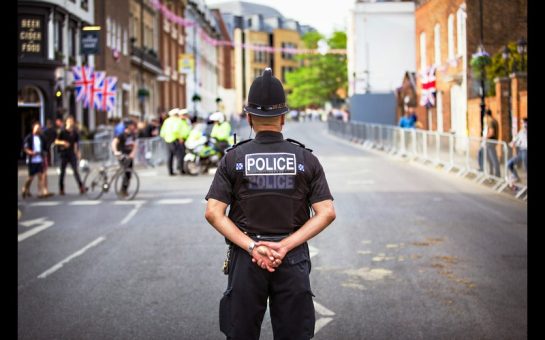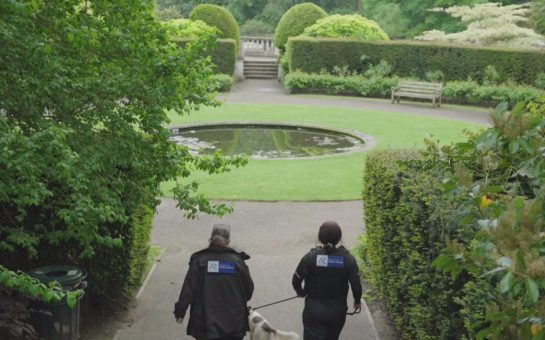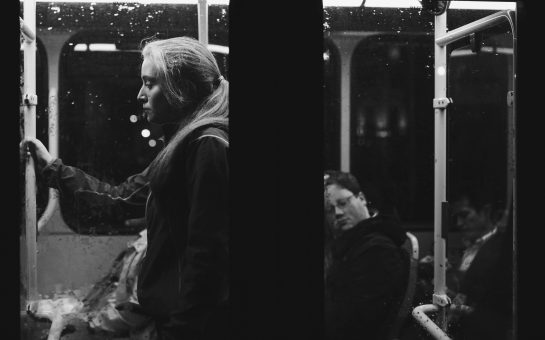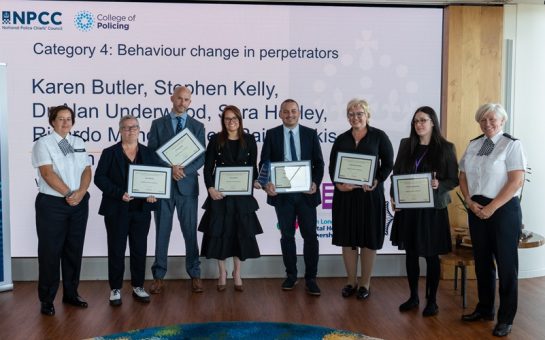An animal welfare charity has refuted the Metropolitan Police’s findings that the Croydon Cat Killer was only foxes.
Yesterday, the police concluded their investigation into the dozens of killings in south London by saying the injuries were likely caused by foxes scavenging on roadkill.
But South Norwood Animal Rescue Liberty (SNARL), which has spent the past three years investigating the gruesome mutilations of the cats in Croydon and beyond, believe the way the bodies were left were too similar to be done by animals.
SNARL arranged the initial autopsies of 25 cats back in 2016 and worked alongside the police and the RSPCA in the investigation.
They said the cats were decapitated and had their heads removed in the same manner each time.
Co-founder Tony Jenkins said: “We find it difficult to understand how foxes can replicate this perfectly across a range of victims across a vast geographical area.”
They question why there are no cases in other parts of the UK, including Scotland, Wales, East Anglia and Suffolk.
SNARL has also given examples of pets’ collars being returned to the owners sometime after the death of the pet.
Mr Jenkins said there are many examples that seem unlikely to have been carried out by foxes.
He relayed instances of the head and tail of cats being swapped around; the head and tail arranged in a perfect triangle and where a headless rabbit was found in a locked hutch.
He said: “Quite frankly these foxes would need to have had opposable thumbs.”
SNARL also raised questions regarding how much time was spent on the investigation, given that the Metropolitan Police did not have an officer working full-time on the killings.
The Police said they had one Detective Sergeant, four Detective Constables and ten Police Constables working on the case but they were not dedicated solely to this operation.
Unlike Snarl, the RSPCA are not openly questioning the findings.
They said: “The RSPCA has supported the Metropolitan Police in its investigation into a number of cat deaths over the past three years and we’re pleased that the enquiries have come to a conclusion.
“A number of experts were consulted and, following in-depth examinations of a cross-section of the bodies, found signs that the cats had died in road traffic accidents and later been predated on by wildlife.”
Feature image of Tony Jenkins




